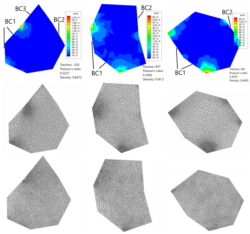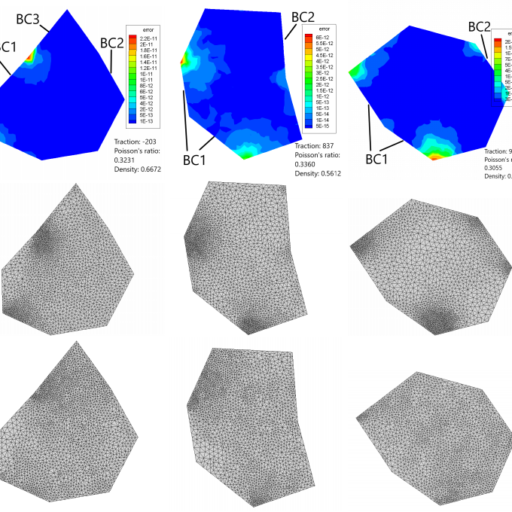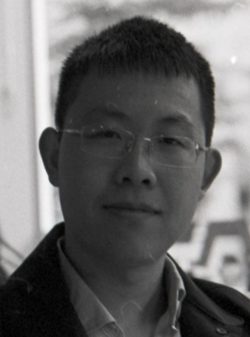MeshingNet
Conference: ICCS 2020: International Conference on Computational Science
Zheyan Zhang, Yongxing Wang, Peter Jimack, He Wang
Mesh generation is a critical step for a wide range of computational science problems. This project focus on finite element unstructured meshes. We have been seeking for efficient algorithms to accelerate mesh generation. In particular, deep learning are used as agent to guide mesh generator to produce high quality non-uniform meshes without the cost of error estimation. This paper we use 2d Poisson's equation and linear elasticity problems as test case. Error analysis tells neural networks guided meshes are not only better than uniforms, but even have potential to outperforms meshes generated by conventional error estimators.




